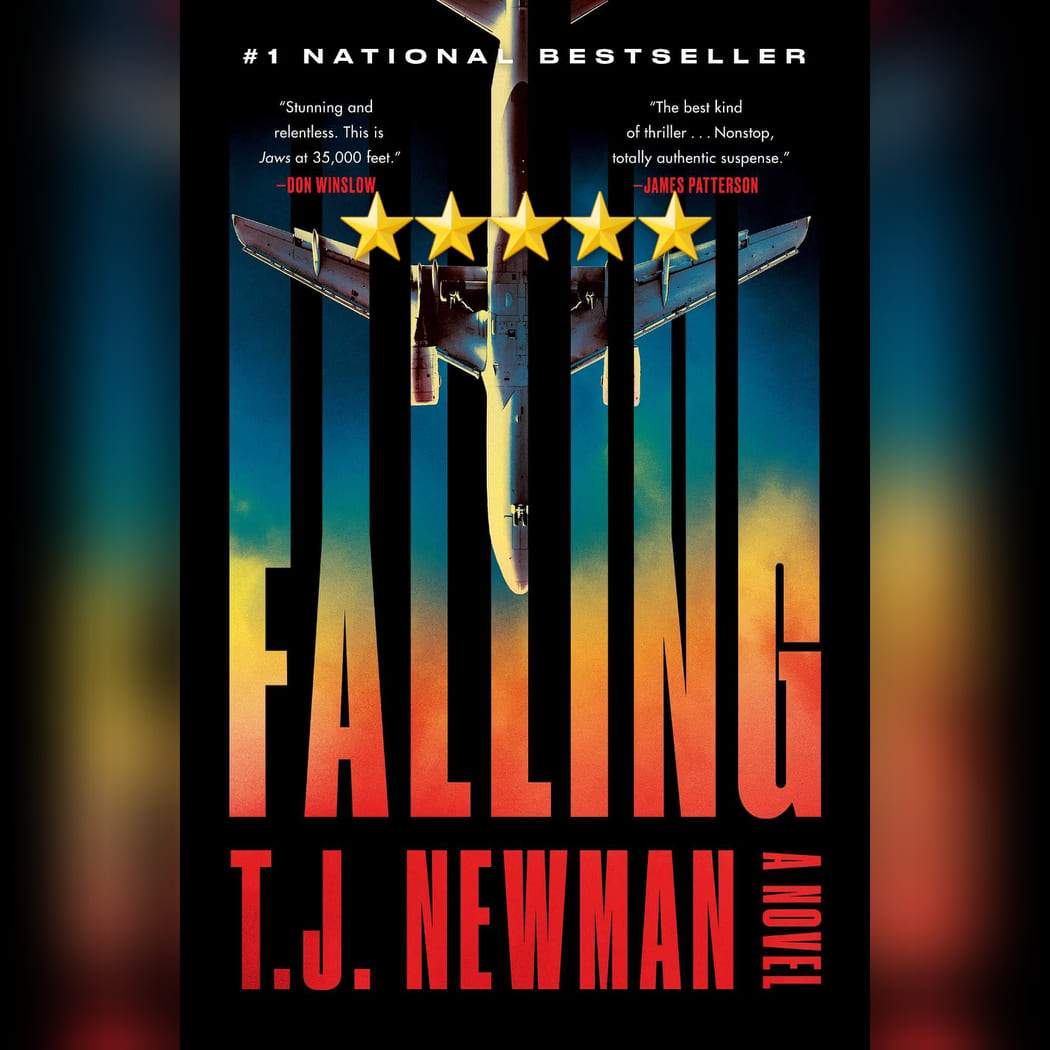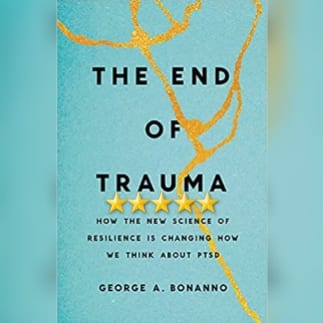Mass Effect. September 11. Small Exurban Atlanta, Georgia. A Blimp Commonly Seen At Major US Sporting Events. All Connected By One Event. Many, many years ago – nearly as far back as the fire at the heart of this book, though I’m not quite *that* old – I attended a Family Day (or whatever they called it at the time) at the Goodyear plant in Rockmart, Ga, just outside metropolitan Atlanta at the time. My dad and several uncles all worked for Goodyear at one of their two plants in my hometown of Cartersville, just up the road, and for whatever reason this year (and maybe one other?) Goodyear was combining the event for all three plants. Little did I know that in attending that event, I would have a direct – if extremely remote – connection to a fire that killed 13 US Marines and injured nearly 50 other people when my dad was 19 and just before my mom’s 19th birthday, nearly a year before they wed and within 5 yrs before my birth. To the level that given my family and community connections, it is at least somewhat likely that I actually know people who know the people who likely never even knew that something they had made had unfortunately indirectly caused so much devastation.
And little did Henry know that in including the tiny detail of who made the fuel bladder that leaked the fuel that burned and caused these casualties, he would instantly make this tale that much more personal to a reviewer who had never heard of this tragedy before seeing this book.
But there are wider connections here, both more in the aftermath than the setup. One issue Henry dives into for a page or two (of just barely 230 pages of actual text here) actually connects directly to an issue explored early in the first Mass Effect game in an encounter that is almost unavoidable, but to reveal which one would be a major spoiler for the discussion at this point of the book, as they are in fact identical, with identical reasonings if not identical particulars.
The other, perhaps even most surprising connection of all, is actually that this 1979 USMC tragedy along the slopes of Mount Fuji in Japan is directly connected to the September 11, 2001 terrorist attacks in New York City – and directly helped save lives in 2001. All because one doc in particular was there in 1979 trying to save the lives of as many of these Marines as he could and learned lessons that became directly applicable that Tuesday in New York.
Read this book to learn of the Marines tragically lost over those two months in late 1979. Their stories have rarely been told outside of Marine circles, and everyone deserves to be remembered and have their stories known. Read this book to learn of the mistakes that were made that caused this calamity – or certainly exacerbated it, at minimum – and what we can do better both in the military (which *has* updated and clarified the relevant regulations over the intervening decades) and as a society in response to emergency and traumatic situations. Read this book to learn of the selflessness and heroism of so many working to save as many people as possible, and of the Marines themselves who were so often so much more worried about their fellow Marine than their own body. Read this book because so few of us have ever heard these stories, yet the sacrifice and courage of so many truly deserve to be more well known by so many more of us.
And yes, after you read this book… leave your own review. Tell the world what you thought of Henry’s reporting here (reads like a thriller, even as you know it is all too real) or the events shown here (I think I’ve been clear on that point). Help get the word out about this book so that the world can see what happened in 1979… and since.
And then go hug a loved one, because as this tale so poignantly points out… you never really know when it will be the last time you have a chance to do so.
Very much recommended.
PS: The star deduction? Unfortunately there was no bibliography at all in the Advance Review Copy edition of the book I read, and while I understand that this is original investigation, even by my more relaxed bibliographic requirements of nonfiction books these last few years I still really need to see at least around 15% of the text be bibliography, as that does seem to be a rough industry standard and is the standard I’ve been judging nonfiction books by for quite some time.
This review of Fuji Fire by Chas Henry was originally written on May 30, 2025.



